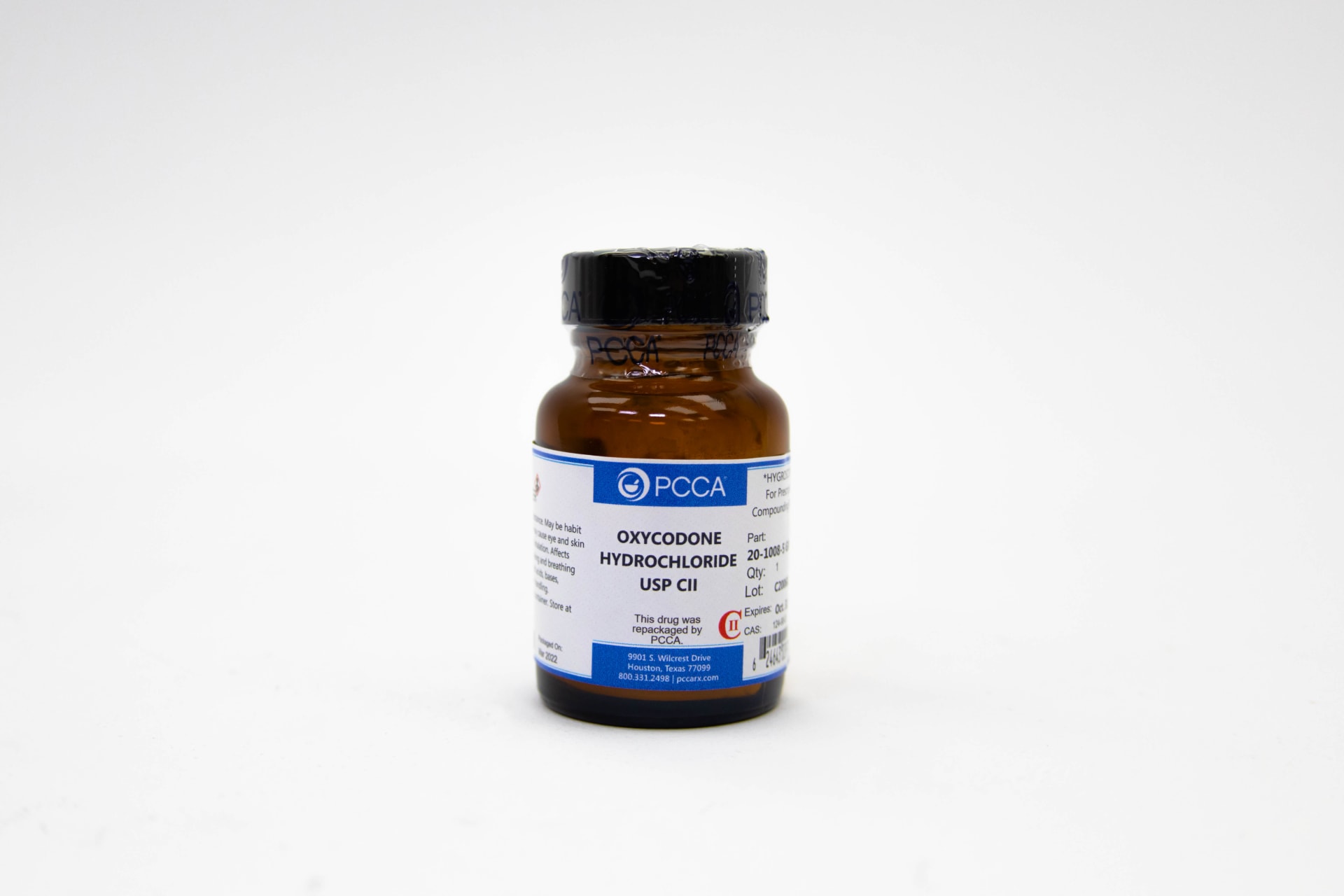Checking Out the Numerous Clinical Usages and Results of Oxycodone suffering Monitoring
Oxycodone, a powerful opioid analgesic, has long been a cornerstone in the management of moderate to severe discomfort. Its efficiency in reducing various types of pain has made it a vital tool for doctor. However, the intricacies bordering its clinical uses and effects surpass mere pain alleviation. Understanding the intricate interaction between oxycodone, the body, and the prospective repercussions of its administration is essential for both healthcare specialists and individuals alike. Let's unravel the complex landscape of oxycodone suffering management to gain a thorough insight right into its energy and impact.

Pain Relief System of Oxycodone
Oxycodone exerts its analgesic impacts mostly via its activities on the main nerves, especially by binding to opioid receptors in the mind and back cable. By binding to these receptors, oxycodone modifies the assumption of discomfort, causing a decrease hurting feeling. Buy Oxycodone online. The medication functions as an agonist, turning on kappa, delta, and mu opioid receptors, which are distributed throughout the central nerve system. This activation inhibits the launch of neurotransmitters involved in discomfort signaling, such as material P and glutamate, while likewise promoting the release of inhibitory natural chemicals like gamma-aminobutyric acid (GABA)
In addition, oxycodone not just modulates discomfort assumption however also affects psychological reactions to pain. The medicine can cause sensations of ecstasy and relaxation, adding to its high possibility for abuse. Understanding the specific system of oxycodone's action on the main nerve system is crucial for doctor to enhance its use suffering administration while minimizing the threats related to its potential for dependency and misuse.
Kinds Of Pain Problems Treated
In the world of pain management, different sorts of discomfort conditions take advantage of the targeted analgesic effects of drugs such as oxycodone. Oxycodone is typically suggested for the treatment of modest to severe discomfort, making it a valuable device in managing sharp pain complying with surgical treatments, injuries, or clinical procedures. In addition, oxycodone is used in persistent pain problems such as cancer-related pain, neuropathic discomfort, and musculoskeletal discomfort conditions like osteo arthritis or fibromyalgia.
Additionally, oxycodone is reliable in taking care of advancement discomfort episodes in patients currently on continuous opioid therapy. Breakthrough pain refers to abrupt, extreme flares of discomfort that occur in spite of continuous discomfort monitoring. By providing rapid pain alleviation, oxycodone helps enhance the lifestyle for people suffering from conditions like cancer, where pain control is vital for total well-being.
In palliative care settings, oxycodone plays an important function in making sure convenience and self-respect for terminally unwell people experiencing extreme discomfort. Its effectiveness and flexibility in Source application make it a valuable option for tailoring pain management to individual patient needs throughout a range of discomfort conditions.
Prospective Negative Effects and Dangers
Frequently observed in people utilizing medicines for pain management, potential adverse effects and threats related to these therapies call for cautious consideration and tracking by medical care service providers. Oxycodone, a powerful opioid commonly prescribed for moderate to serious discomfort, can cause numerous adverse effects. Typical negative effects of oxycodone include irregularity, queasiness, dizziness, and sleepiness. These results are typically manageable but can be bothersome for individuals. Sometimes, more severe negative effects such as respiratory system anxiety, allergic responses, and dependency might occur, calling for immediate clinical attention.
Additionally, the long-term usage of oxycodone can cause resistance, where higher dosages are needed to achieve the exact same level of pain alleviation. This can potentially enhance the danger of overdose and addiction - Buy Oxycodone online. Clients with a history important misuse or mental health and wellness disorders go to a higher danger of experiencing these adverse impacts
Doctor must thoroughly evaluate the dangers and benefits of oxycodone therapy for every private client and monitor them carefully to lessen possible negative effects and threats linked with its usage.
Dose Standards and Management
Given the possible side effects and threats connected with opioid drugs like oxycodone, health care providers need to establish clear dose guidelines and appropriate administration protocols to ensure safe and efficient pain management for clients. The dosage of oxycodone should be individualized based on variables such as the person's age, weight, clinical background, and the intensity of discomfort.
Health care carriers should frequently reassess the individual's discomfort degrees and readjust the dose as necessary. Oxycodone is generally readily available in immediate-release and extended-release solutions, and the application timetables vary in between the 2.

Individual Education and Tracking
Clients recommended oxycodone for discomfort monitoring should obtain comprehensive education on appropriate medicine usage and need to undertake normal surveillance to ensure safe and effective this page treatment outcomes. Client education plays an important function in the secure usage of oxycodone, as it encourages people to understand the medication's prospective advantages, threats, and side results.
Normal tracking is necessary to analyze the person's action to oxycodone treatment, determine any emerging side impacts or problems, and evaluate the demand for dosage modifications. This monitoring might consist of regular follow-up appointments, pee medicine screenings to monitor adherence and detect possible misuse, and periodic testimonials of the therapy plan to ensure ideal pain management results while reducing the risk of opioid-related injury. By offering extensive education and applying routine surveillance procedures, doctor can advertise the efficient and safe usage of oxycodone in pain monitoring.
Conclusion
Finally, oxycodone is a potent opioid drug typically made use of suffering monitoring for different problems. Its mechanism of activity involves binding to opioid receptors in the mind and back cord to alleviate pain. While reliable in offering discomfort alleviation, oxycodone is connected with possible adverse effects and threats, necessitating cautious dose guidelines, management, patient education and learning, and keeping track of to make certain secure and effective usage in medical practice.
In the world of pain monitoring, various types of pain problems profit from the targeted analgesic effects of medicines such as oxycodone. Oxycodone is frequently suggested go to my blog for the treatment of moderate to serious pain, making it a beneficial tool in managing severe discomfort adhering to surgeries, injuries, or medical procedures. Furthermore, oxycodone is used in persistent discomfort conditions such as cancer-related pain, neuropathic pain, and musculoskeletal pain conditions like osteo arthritis or fibromyalgia.
Innovation discomfort refers to abrupt, extreme flares of discomfort that take place despite ongoing pain management. By offering fast pain relief, oxycodone aids boost the top quality of life for people experiencing from problems like cancer cells, where discomfort control is critical for total health.
Comments on “Buying Oxycodone Online: What You Must Think about First”